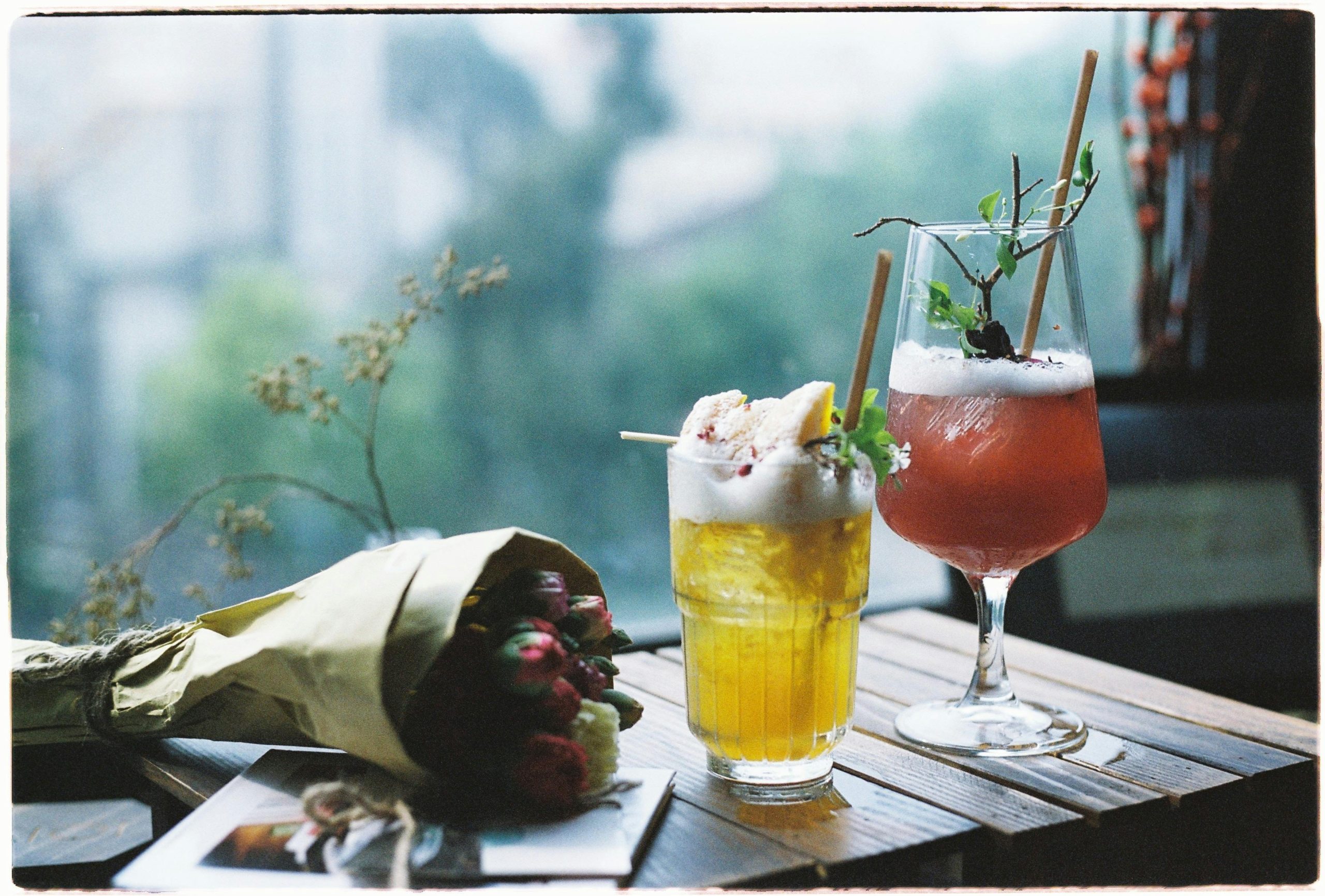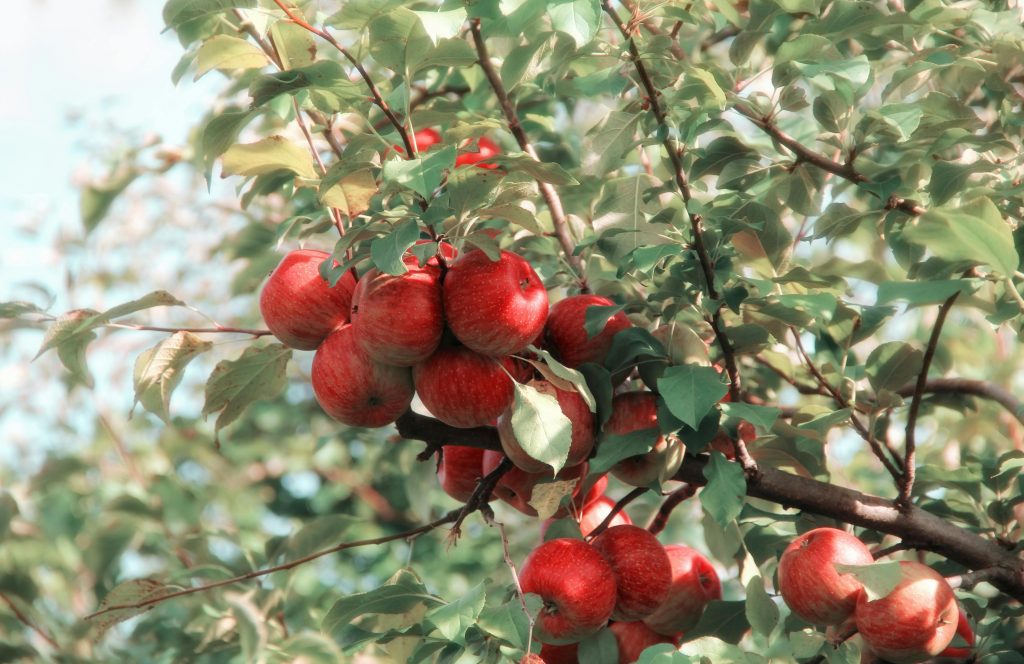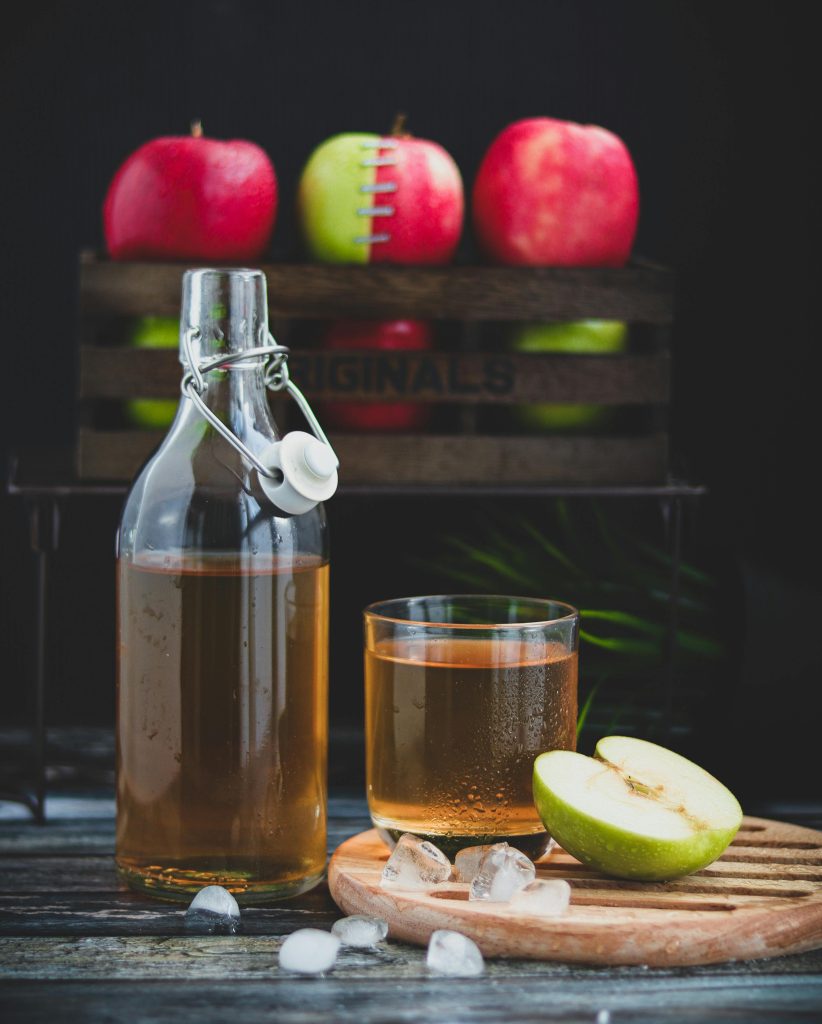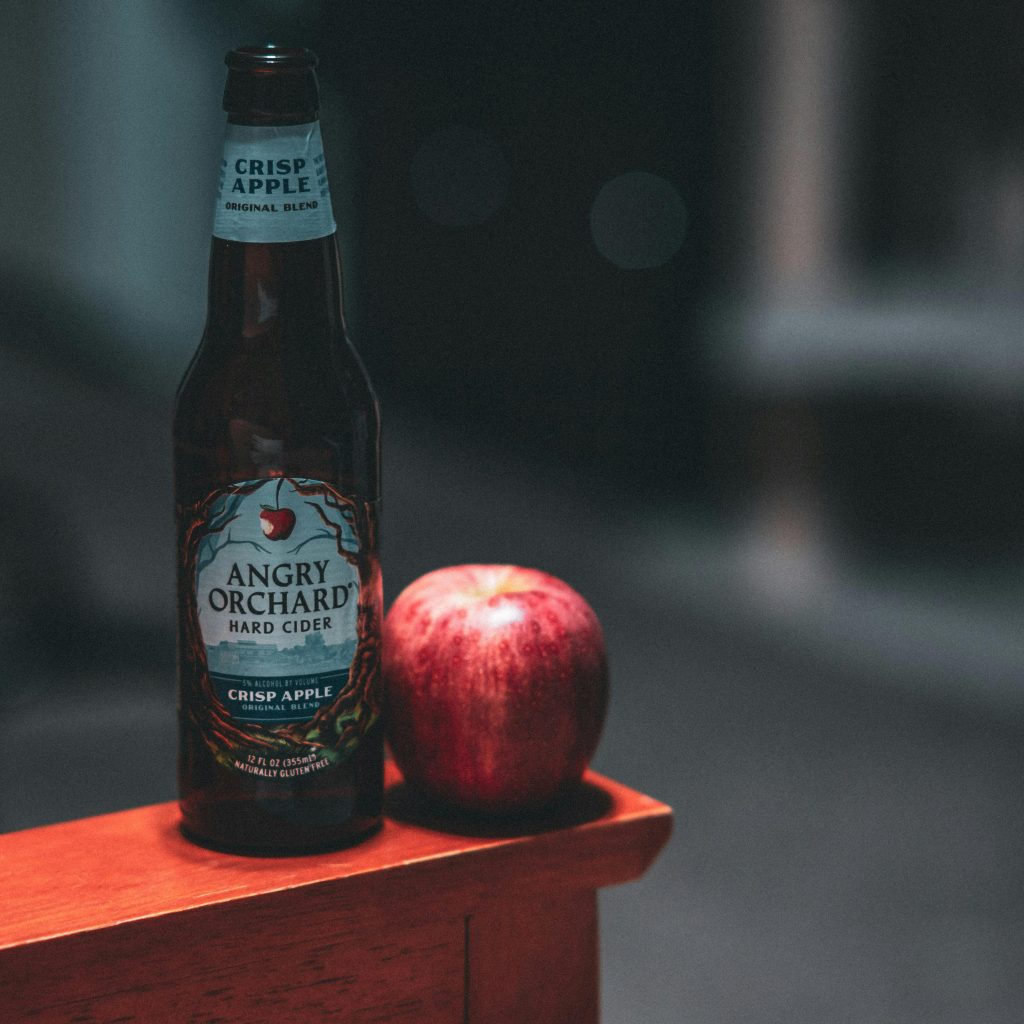
Cider has been sparking debates for years. Is it wine? Is it beer? The truth is, it doesn’t fit neatly into either category, and that’s where things get interesting. Cider, with its fresh apple flavor, can feel like a refreshing pint on a hot day, but its fermentation process makes it seem more like wine. This tug-of-war between its beer-like vibe and wine-like production leaves many wondering: Where does it truly belong?
To solve this mystery, we need to look into the process of how cider is made, its history, and what sets it apart from both wine and beer.
What Exactly Is Cider?
Cider, at its core, is a fermented drink made from apple juice. That’s the simple version. But, when we talk about cider, we’re often referring to “hard cider” (as Americans call it), the alcoholic version of the beverage. In other parts of the world, particularly Europe, cider is a well-known term for alcoholic apple drinks, without the need for “hard” before it.
In contrast to non-alcoholic apple cider, hard cider goes through fermentation, a process in which yeast converts the sugars in apple juice into alcohol. But is this process more like making wine or beer? It might surprise you how much it leans toward wine, at least in production.

Cider vs. Wine: The Production Process
Wine lovers, this one’s for you. Making cider mirrors wine production more closely than it does beer brewing. In winemaking, the juice of crushed grapes ferments with natural or added yeasts, and over time, the sugars turn into alcohol. In cider production, the process is remarkably similar, but with apples instead of grapes.
Here’s how it works: Cider makers press fresh apples to extract the juice, which they then ferment. Sometimes they use wild yeasts (which occur naturally in the apples and air), or they might add specific strains to control the fermentation. Fermentation happens in vats, just like wine, and once the sugar in the apple juice has fermented into alcohol, cider is born.
However, unlike wine, it doesn’t require aging in barrels for years. In many cases, it is ready for drinking a few months after fermentation begins. But the process is still all about fruit and fermentation, which makes it closer to wine than beer in terms of how it’s made.

The Beer-Like Characteristics
Now, if cider production looks more like winemaking, why do people often associate it with beer? That comes down to the drinking experience. Like beer,it is often carbonated. Most people enjoy it cold, straight from the fridge, and with its bubbles fizzing at the top, it resembles a beer in a glass. It can also be enjoyed in the same settings — at the pub, in a bottle, or at a backyard barbecue.
The alcohol content of cider tends to sit somewhere between beer and wine as well. While most beers range from 4-6% alcohol by volume (ABV) and wine generally starts around 12% ABV, cider tends to hover between 4-8% ABV. It’s a middle ground in both strength and vibe.
But carbonation is a big one here. Most ciders, especially the mass-market varieties, are sparkling, like beer. However, craft and traditional ciders are often still, more like wine. This can confuse things even more.
A Walk Through Cider’s History
To understand cider’s unique position, we need to look back at its long history. Cider goes back to ancient times, especially in regions where apples were plentiful. In early Europe, particularly in what is now the UK and parts of France and Spain, people made and drank it centuries before beer was the go-to drink for pubs and taverns.
In fact, in medieval England, it was more popular than beer in certain areas because apples were more available than grain. Workers in the countryside often drank cider in place of water, which wasn’t always clean or safe to drink. It quickly became a staple of rural life, deeply rooted in local cultures.
Meanwhile, wine dominated the warmer regions where grapes flourished. So, it became the drink of the northern, cooler climates, where vineyards struggled. People in these regions cultivated apples specifically for making cider, developing an incredible variety of apples that produced the complex, sharp flavors found in traditional ciders today.
Interestingly, in the 19th and 20th centuries, it started to be pushed aside as industrialization boosted beer production. Beer was easier to mass-produce, store, and distribute, making it the drink of choice in urban areas. Still, in rural parts of England, Spain, and France, it never lost its footing.
The Great Divide: Beer Drinkers vs. Cider Lovers
It’s safe to say beer and cider share some crossover fans, but many drinkers stand firmly on one side. Beer drinkers may feel that it is too sweet, too “fruity” compared to the depth and complexity of beer’s hops, malt, and yeast flavors. Cider lovers, on the other hand, often appreciate the lighter, crisper profile, and they argue that it offers more natural, refreshing notes than beer’s bitter aftertaste.
The funny thing is, there’s a wide spectrum of cider just like there is for beer. While beer lovers may think it is always sweet, many ciders are bone-dry, complex, and tannic. Some ciders go through secondary fermentation in the bottle (similar to Champagne) and develop elegant bubbles and layers of flavor that rival sparkling wines. It doesn’t fit into any neat box.

Is Cider Beer in the US?
Now, there’s a fun quirk to how it gets classified in different parts of the world. In the United States, thanks to Prohibition-era laws, cider is often regulated under beer laws. This makes sense from a commercial perspective, as it is sold similarly to beer, but it doesn’t quite align with how the drink is made. On the production side, cider is clearly more like wine.
In Europe, it is seen more as its own distinct category, but it still sits closer to wine than beer. Even in the way it’s taxed, cider is often treated like wine, especially if the ABV is higher.
The Future of Cider
In recent years, cider has been making a comeback, particularly in the craft beverage scene. People are rediscovering the art of its making, with an emphasis on local apples, traditional fermentation methods, and innovation in flavors. Just like craft beer, small cideries are popping up everywhere, experimenting with new ways to enjoy this ancient drink.
There’s also a growing movement toward “cider terroir,” where the apples’ growing region influences the flavor profile, much like in wine. Different apple varieties, soil types, and climate conditions affect the taste, and cider makers are keen to showcase this in their products.
On top of that, cider’s versatility is winning over new fans. You can find ciders infused with herbs, spices, and even hops (bringing it a little closer to beer). There are rosé ciders, barrel-aged ciders, and ciders made from single varietal apples — all adding layers to the question of where cider belongs in the drink world.
So, What Is It?
At the end of the day, it is its own thing. It borrows a bit from both wine and beer, but it doesn’t fit squarely in either category. Its production mirrors wine, but its drinking experience leans toward beer. Maybe that’s the beauty of it. It can be whatever you want it to be.
Whether you prefer to sip a crisp, refreshing cider on a sunny day or enjoy a rich, barrel-aged one by the fire in winter, there’s a cider for every occasion. And that’s why it doesn’t matter whether it’s more like beer or wine. It’s something entirely different — and that’s what makes it special.
Conclusion
Next time someone asks, “Is cider a wine or a beer?” you can tell them that it’s neither. And both. It’s a fermented drink with the soul of an apple, and no matter which side you’re on — team wine or team beer — cider has something to offer.